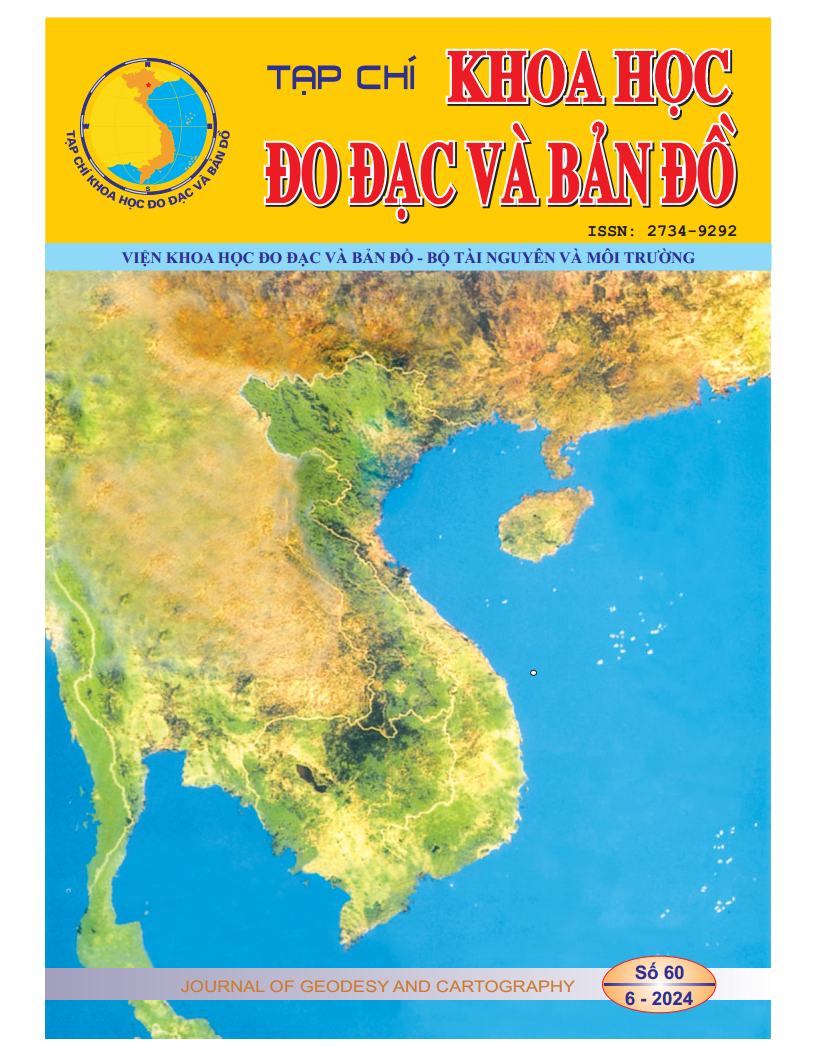Abstract
The section of Lo River flowing through Hong Lac commune, Son Duong district, Tuyen Quang province, is often disturbed by floods and human economic activities, especially sand mining. This article studies the impacts of sand mining on the river segment’s hydrodynamic and sediment transport regimes to warn of potential adverse developments for the river segment and its banks. The research utilizes measured data from 1977 to 1987 for calibration and data from 1987 to 1997 for validation of the Mike 21 FM model, focusing on hydraulic and sediment transport modules. The simulation scope extends approximately 2 km upstream and 3 km downstream from the mining area. The calibration and validation results indicate that the simulated flow closely matches the measured data at the Chiem Hoa hydrological station in terms of both value and trend. After setting up and validating the Mike 21 FM model, it was used to predict riverbed evolution before and after mining under scenarios such as the major flood event in July 2012. Before sand mining, the sediment concentration at the cross-section peaked at 3600 g/m3 when the flood flow was at its peak, while the normal flow sediment concentration was 230 g/m3. The section at risk of erosion is near the right bank of the Lo River, with a slight deposition trend in the mining area before exploitation. After sand mining, significant sedimentation occurred at cross-sections T2 and T4, ranging from 0.1 m to 1.4 m. Additionally, erosion phenomena were observed on both riverbanks at cross-section T1, ranging from 0.1 m to 0.3 m.

